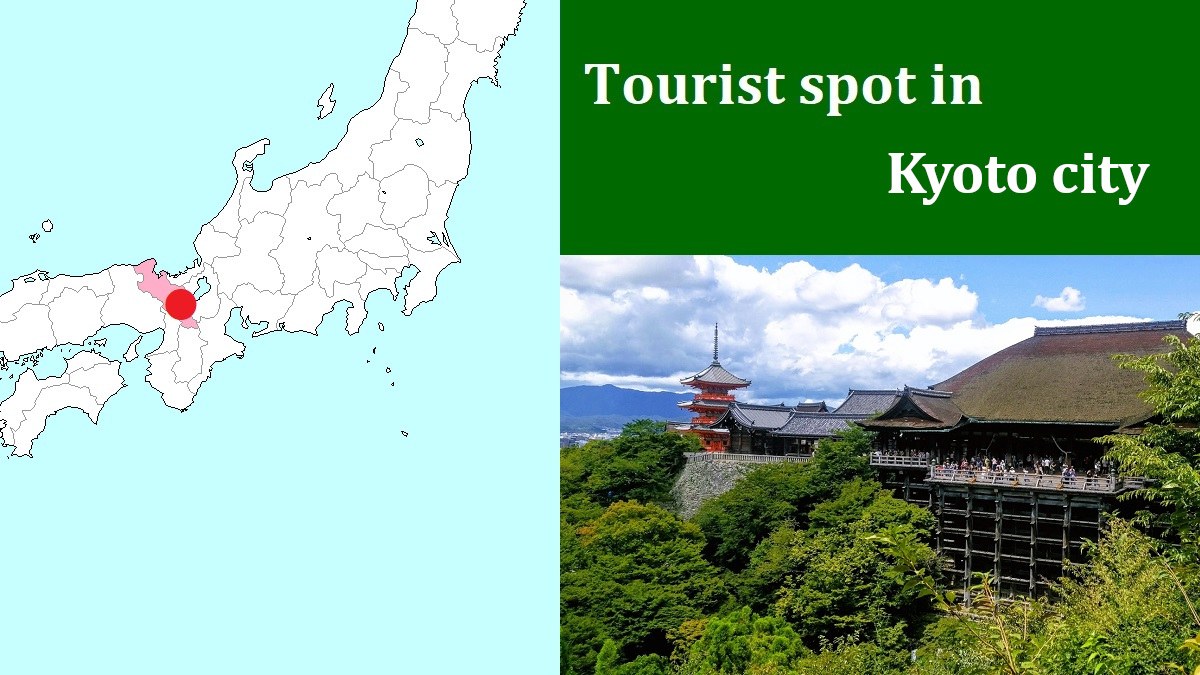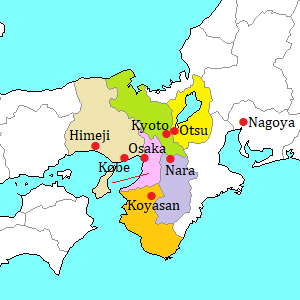Kyoto Gosho (Kyoto Imperial Palace) [京都御所]
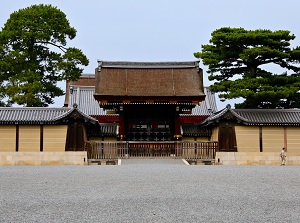
Kenreimon gate of Kyoto Gosho
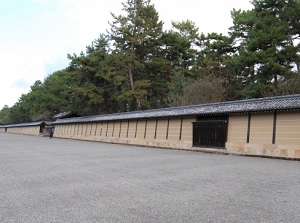
Zennyo-Ryuosha in Shinsen-en
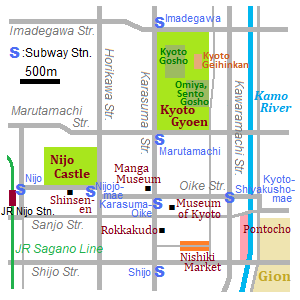
Kyoto Gosho (Kyoto Imperial Palace) is the residence of the Emperor in Kyoto.
It is located about 5 km north of Kyoto station.
The Emperors in Japan had lived in this palace from the mid-thirteenth century to 1869.
After the end of feudal Edo Government in 1868, the capital of Japan was transferred from Kyoto to Tokyo.
So, Emperor Meiji who had been lived in this palace moved to current Kokyo (Imperial Palace) in Tokyo in 1869.
But, when he visited here in 1877, he regreted that this palace and surrounding area had been fallen into ruins.
So he ordered the government to preserve the palace.
Around the palace, there were many ruined residences of former court nobles.
Kyoto Prefecture removed the residences, and built the large park.
In 1949, the park was opened to the public as Kyoto Gyoen (京都御苑).
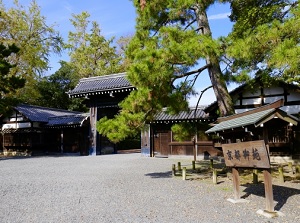
An entrance gate of Kyoto Gyoen
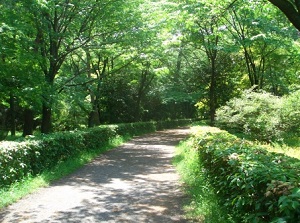
Forest in Kyoto Gyoen
The site of Kyoto Gyoen including Kyoto Imperial Palace is a rectangle shape.
It is about 0.8 km from east to west and about 1.3 km from north to south.
The south side of the site faces Marutamachi Street, and the north side faces Imadegawa Street.
And the west side faces Karasuma Street, and the east side faces Teramachi Street.
Earthen walls surround Kyoto Gyoen along the streets.
There are nine gates and five cuts, and we can enter the park through there.
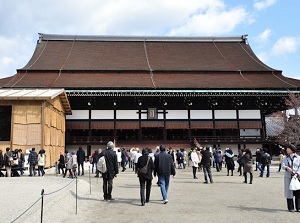
Shishinden in Kyoto Gosho
Photo by Railstation.net
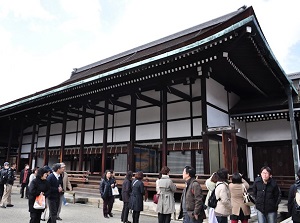
Seiryoden in Kyoto Gosho
Photo by Railstation.net
Kyoto Gosho (Kyoto Imperial Palace) is located slightly north of the center of the park.
It is also a rectangle shape, and it is about 250 meters from east to west and about 450 meters from north to south.
Because of the former residence of the Emperor, it is surrounded by an earthen wall.
The main gate Kenreimon (建礼門) is on the south side.
In the site of Kyoto Gosho, there are Shishinden (紫宸殿, Main hall), Seiryoden ( 清涼殿, Residence of Emperor), etc.
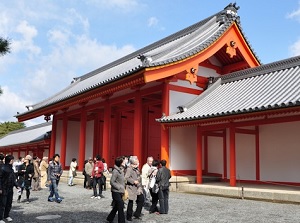
A gate near Shishinden
Photo by Railstation.net
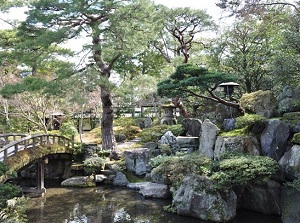
Japanese garden in Kyoto Gosho
Photo by Railstation.net
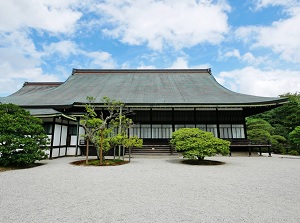
Kyoto Omiya Gosho
Photo by Kyoto Free Photo
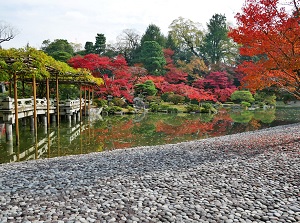
Garden of Kyoto Sento Gosho
Photo by Kyoto Free Photo
To the southeast of Kyoto Gosho, there are Kyoto Ômiya Gosho (京都大宮御所) and Kyoto Sentô Gosho (京都仙洞御所).
Kyoto Ômiya Gosho was built for the Empress in 1867, and is currently used by the Emperor, the Empress, and the Imperial Family when they visit Kyoto.
Kyoto Sentô Gosho was the palace where retired Emperors had lived.
The buildings were destroyed by fire in 1854, then it has only Japanese garden now.
These Goshos are in the same site.
There is Kyoto Geihinkan (京都迎賓館, Kyoto State Guest House) to the east of Kyoto Imperial Palace.
It was built newly in 2005, and is designed to welcome distinguished guests from abroad and to host summit meetings.
Kyoto Gyoen is a park, so we can visit and stroll whenever you like.
Many old trees and gardens are in this park.
And a few small Shinto shrines are in the site.
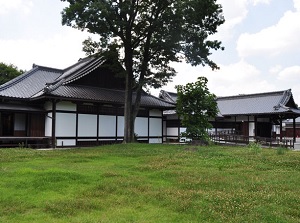
Kan'in-no-Miya Residence
Photo by Railstation.net
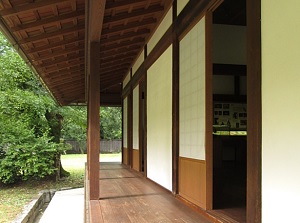
Kan'in-no-Miya Residence and the garden
Photo by Linghum
In the southwest corner of the park, there is former Kan'in-no-Miya Residence (閑院宮家跡).
Kan'in-no-Miya was one of Imperial family and he had lived in this residence until 1877.
It has been restored a museum and there is a Japanese garden.
You can enter the residence for free.
The parades of famous Aoi Festival and Jidai Festival start from here.
To visit Kyoto Gosho and Kyoto Omiya and Sento Gosho, we must apply for visit to Imperial Household Agency in advance.
But, special public open days without application are usually set up in spring and autumn every year.
Also, we must apply for visit to Kyoto State Guest House.
But only some open days set up in summer every year.
How to get here
The nearest station of subway is Marutamachi (●K07 Karasuma Line).

